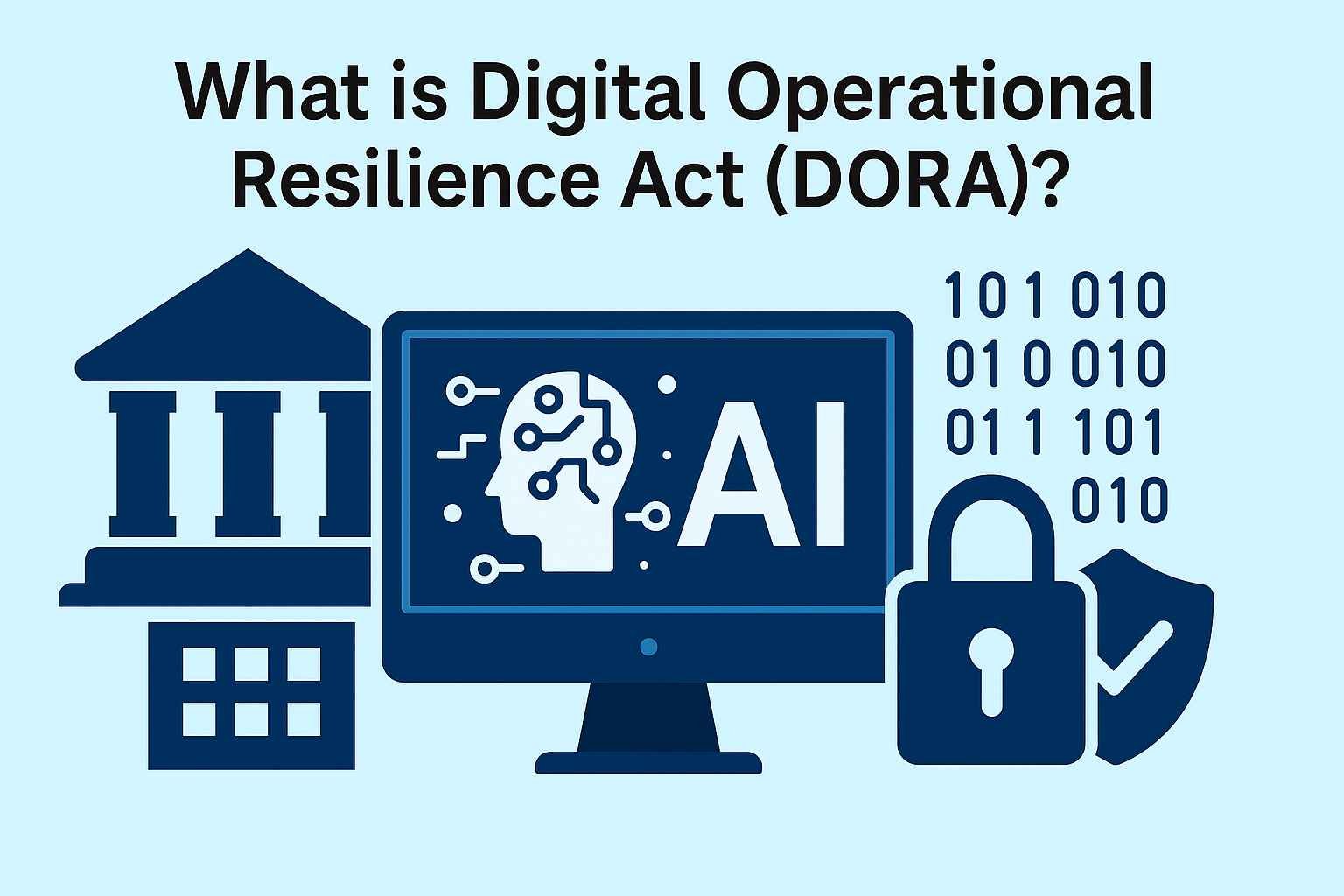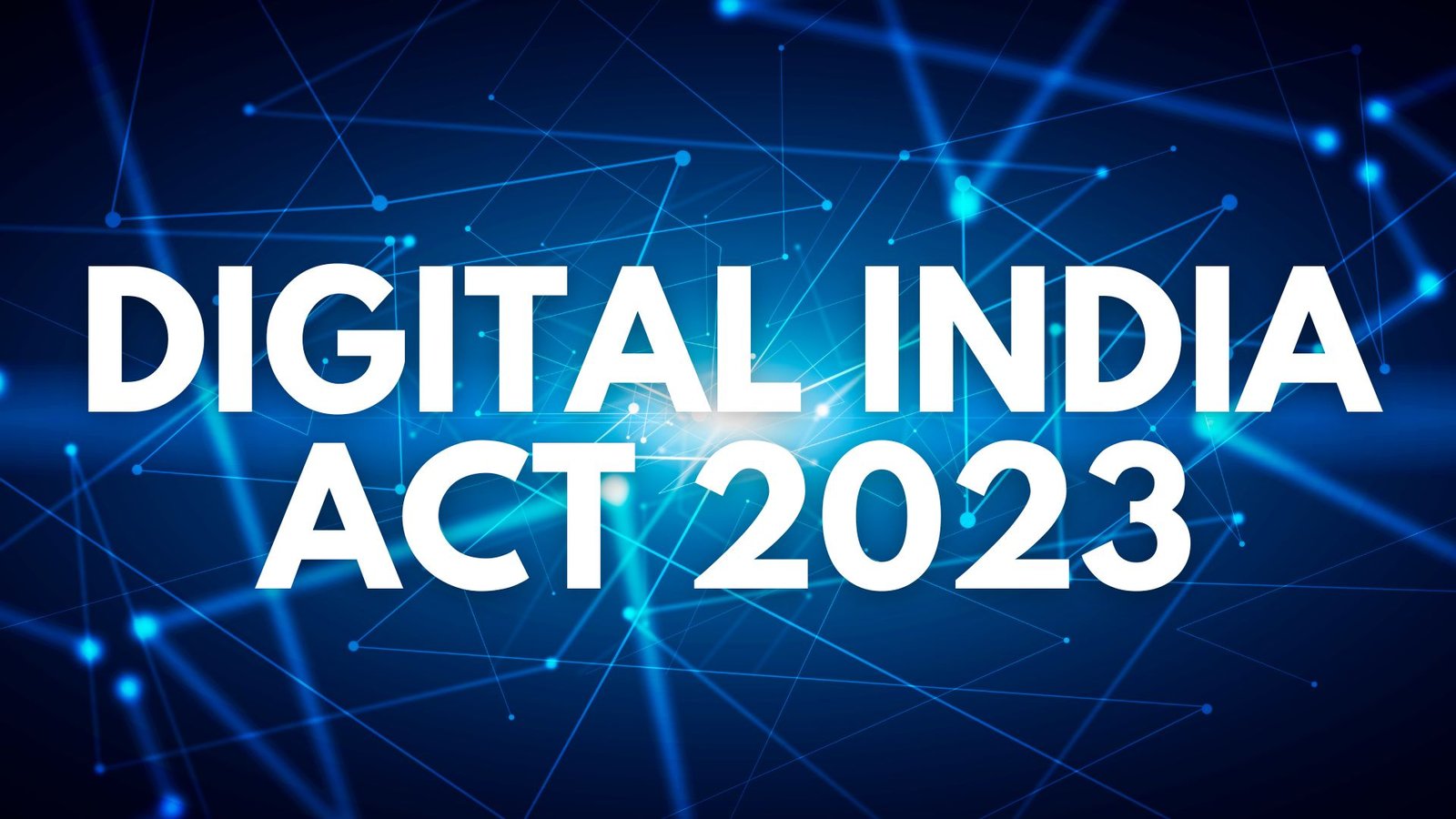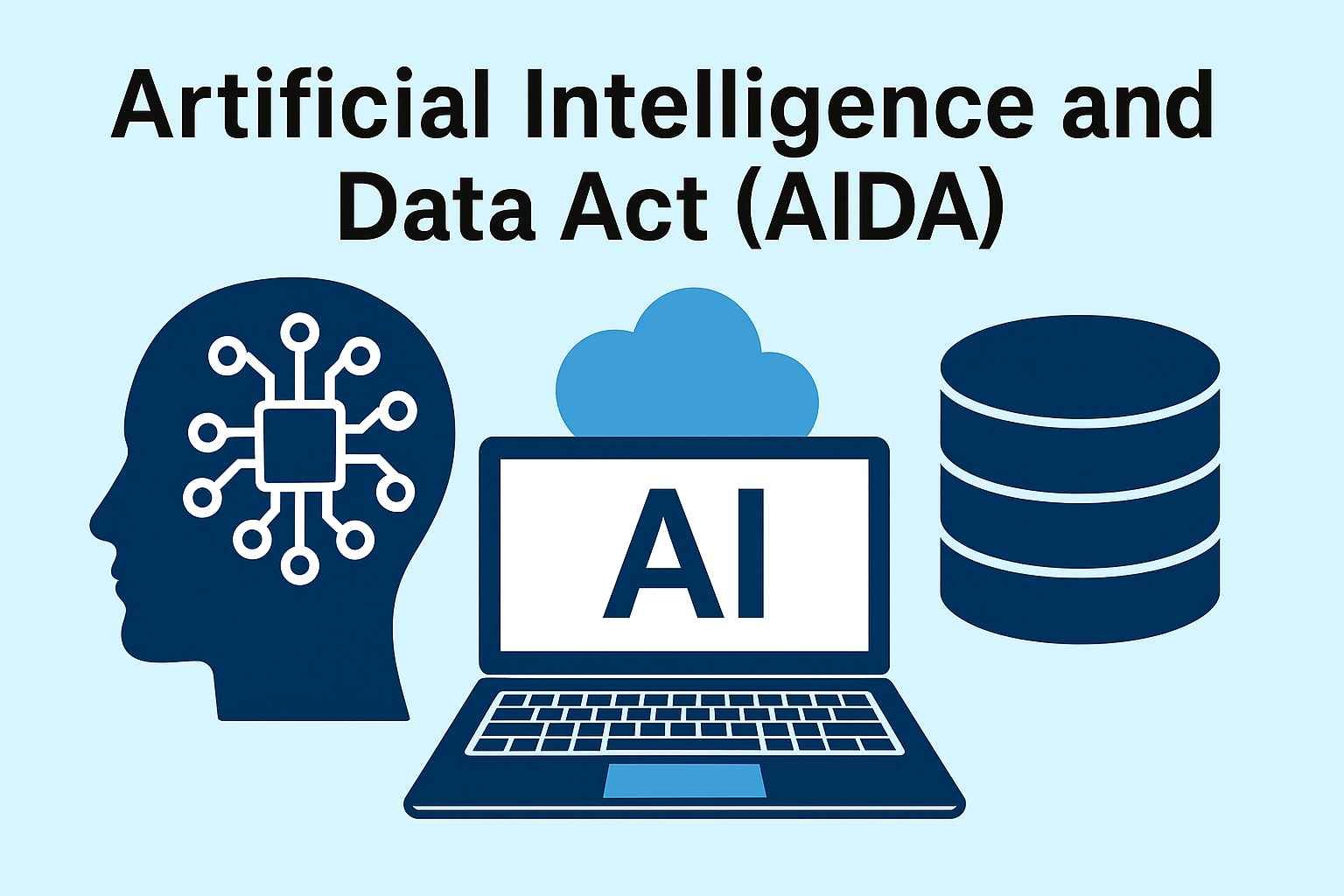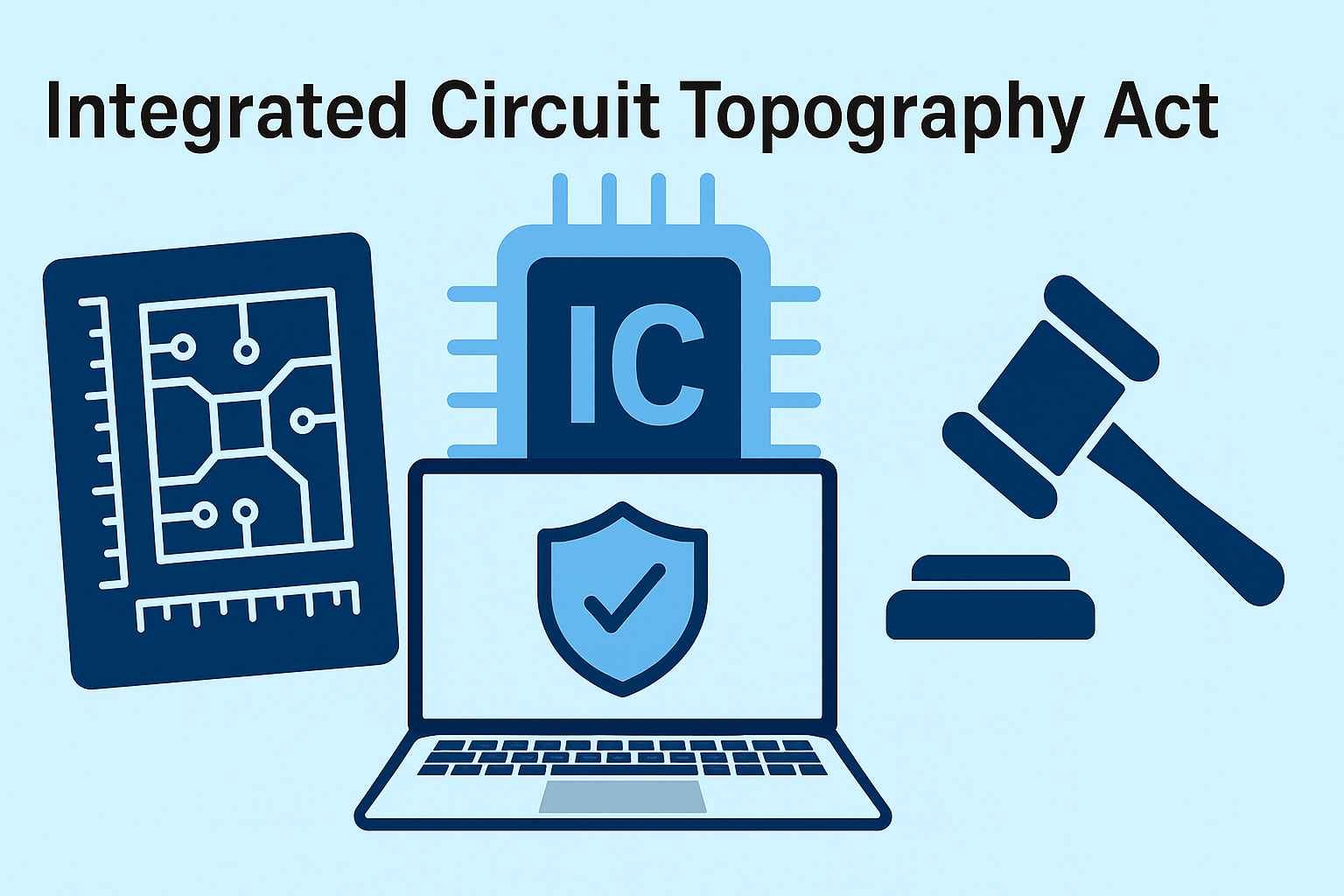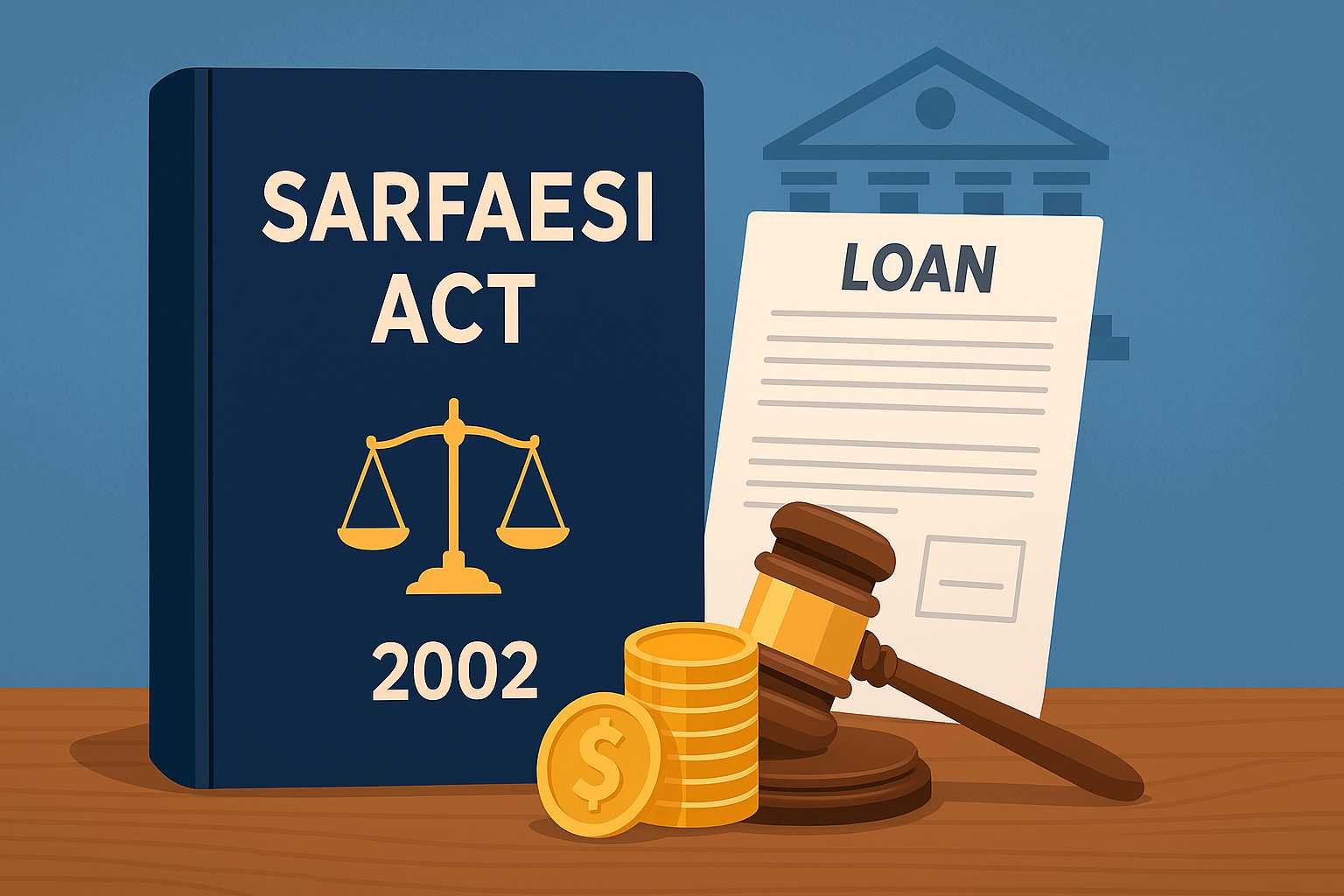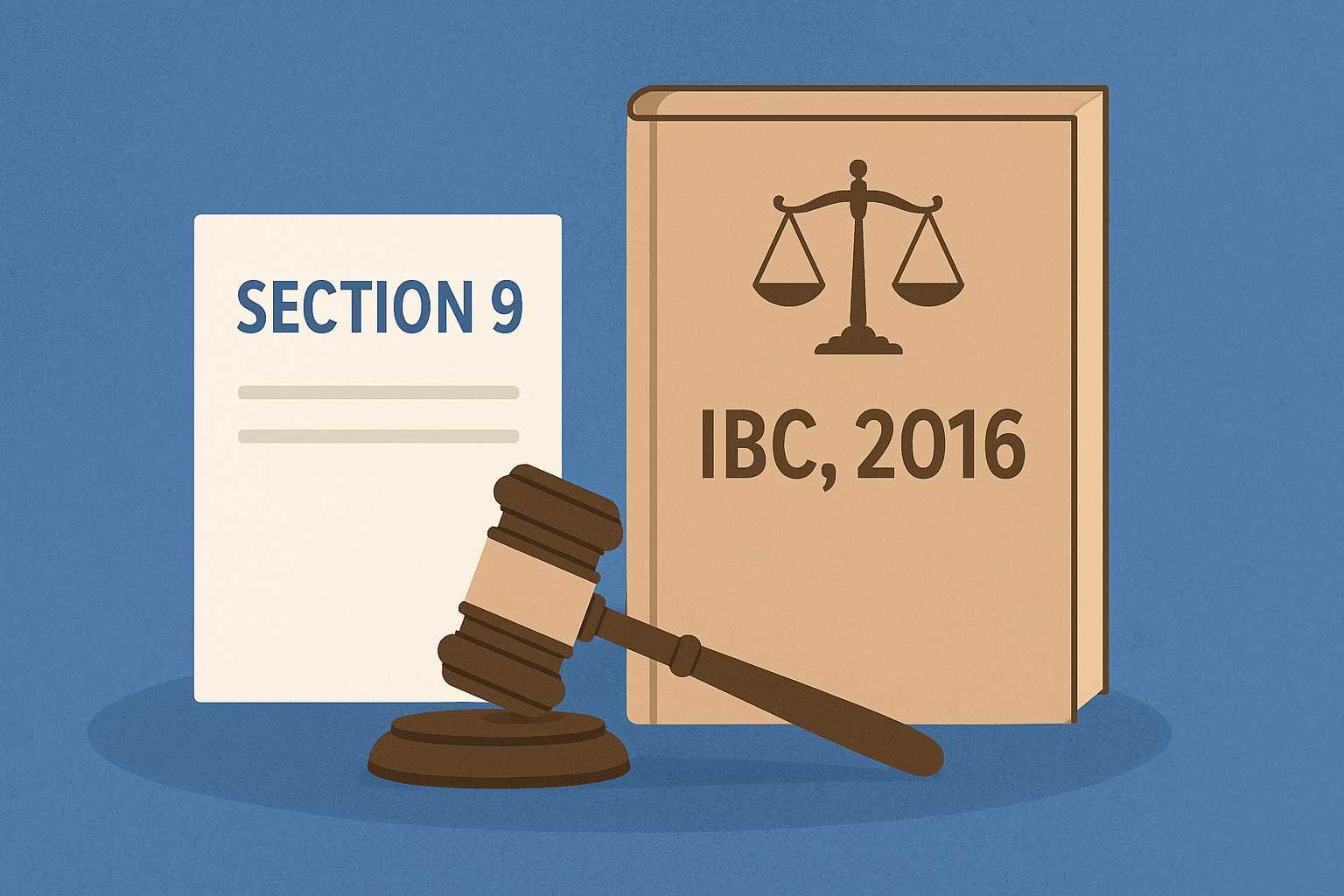On this page you will read detailed information about Digital Operational Resilience Act (DORA).
What Is DORA—and Why It Matters
The Digital Operational Resilience Act (DORA) is a landmark EU regulation designed to strengthen the ICT resilience of financial institutions, their service providers, and the broader ecosystem in which they operate. With increasing cyber threats, third-party dependencies (especially cloud and fintech services), and interconnected financial infrastructure, DORA’s goal is to ensure that critical financial systems remain stable, reliable, and secure—even when ICT failures or cyberattacks occur.
DORA entered into force in January 2023, with a compliance deadline of 17 January 2025 for most entities. That means that by 2025, financial firms across the EU must live up to DORA’s expectations. Noncompliance can bring supervisory actions, fines, reputational risk, or restrictions.
In this era of growing digital threats, DORA is not just another regulation—it reshapes how finance and technology must co-operate.
Core Objectives of DORA
DORA is built around a few foundational aims:
- Harmonization
Before DORA, each EU country had different rules or guidelines about ICT resilience. DORA creates a single, consistent standard across member states so there’s no regulatory fragmentation in resilience requirements. - Risk Management & Accountability
It places clear responsibility on financial firms (banks, insurers, payment providers, investment firms) to manage ICT risk in a structured, documented, and auditable way. - Third-Party Oversight & Vendor Risk
Financial entities increasingly depend on external providers—cloud platforms, fintechs, SaaS vendors. DORA ensures that these dependencies don’t compromise resilience by enforcing strong vendor governance, contractual controls, and exit strategies. - Incident Reporting & Intelligence Sharing
Firms must report significant ICT incidents to regulatory authorities under uniform criteria, and share threat intelligence in a controlled way to bolster systemic resilience. - Stress Tests & Scenario-Based Testing
DORA mandates periodic “threat-led penetration testing” and scenario testing to validate resilience, not just static checks.
Who & What Does DORA Apply To?
Entities Covered
DORA applies to a broad range of financial institutions and service providers, including:
- Banks, payment institutions, electronic money institutions
- Investment firms, asset managers, insurance and reinsurance undertakings
- Crypto asset service providers (CASPs), where applicable under European regulation
- ICT service providers that support these financial entities (cloud, data center, fintech vendors)
Importantly, an ICT provider that qualifies as critical may come under direct supervision by financial authorities under DORA’s framework.
Systems in Scope
DORA doesn’t apply to every bit of software in a financial firm. The focus is on “ICT systems” that support business operations, critical infrastructure, data processing, cloud services, APIs, security, continuity, etc.
Particularly, critical or important functions must under strict resilience management, while lower-risk systems get proportionate oversight.
Key Pillars & Major Obligations
Here are the central obligations that financial entities and their ICT partners must satisfy under DORA:
1. ICT Risk Management Framework
Each entity must adopt a comprehensive framework covering:
- Risk assessment and classification
- Prevention, detection, mitigation, and recovery controls
- Business continuity planning
- Change management, patching, backup, and redundancy
- Access and identity management
- Logging, monitoring, and detection tools
- Oversight and governance at senior levels
The framework must be documented, regularly reviewed, and proportionate to size and complexity.
2. Incident Reporting & Classification
When an ICT incident occurs, organizations must:
- Detect, analyze, and classify it (based on material impact threshold)
- Notify the competent authority within set deadlines
- Report root cause, consequences, remediation steps
- Keep logs and audit trail supporting the report
- Update incident reports as more information emerges
This standardized approach helps regulators understand systemic risk and coordinate responses.
3. Testing Resilience
- Performing threat-led penetration testing (TLPT) to simulate hostile attacks
- Scenario testing (e.g. blackout, cascading failure) to validate backup, failover, resilience
- Ensuring testing covers vendor dependencies, supply chains, and third-party integrations
Importantly, testing must be carried out in controlled settings to avoid disrupting real services.
4. Third-Party Provider Governance
One of DORA’s most challenging elements is controlling vendor / ICT provider risk. Entities must:
- Assess vendors rigorously before onboarding
- Insert contractual terms giving audit rights, data access, exit strategies, SLAs
- Monitor performance and resilience continuously
- Manage sub-contracting and cascading dependencies
- For “critical ICT service providers,” be prepared for direct oversight
An ideal vendor contract under DORA would require transparency, audit capability, notification of incidents, and robust exit or fallback strategy.
5. Intelligence Sharing & Cooperation
- Share anonymized threat information or indicators of compromise with peers or authorities under secure channels
- Use (or contribute to) industry-wide cyber resilience networks
- Coordinate incident response where cross-entity risk emerges
6. Regulatory Oversight & Sanctions
- National competent authorities in each member state will supervise DORA compliance for firms in their jurisdiction
- The European Supervisory Authorities (ESAs) (EBA, ESMA, EIOPA) will develop Regulatory Technical Standards (RTS) and implementing standards (ITS) that flesh out detail (e.g. thresholds, tests, notifications)
- Non-compliance can lead to enforcement actions, fines, remediation mandates, or suspension of services
Implementation Status & Recent Updates (2025)
- As of early 2025, the DORA compliance deadline (17 January 2025) has passed, meaning financial institutions are expected to already be in compliance or in active remediation.
- Some RTS / delegated acts are still being refined or published; firms are working with guidance from national authorities and ESAs to align interpretations.
- In practice, some smaller entities and regional firms are lagging, using grace periods or extension negotiations.
- Incident reports under DORA have started coming in, giving regulators visibility into systemic ICT risk across the EU.
- Monitoring how national competent authorities enforce DORA will be critical—differences in rigor, focus, and audit approaches may emerge across nations.
In the previous post, we had shared information about How Will Brexit Affect Net Neutrality in the UK?, so read that post also.
Challenges, Pitfalls & Practical Risks
While ambitious, DORA brings several real-world difficulties:
Regulatory Ambiguity & Gaps
- Until all technical standards are finalized, some obligations remain murky (e.g. exact thresholds, classification of incidents).
- Variations across competent authorities may cause uneven enforcement.
Cost & Complexity for SMEs
- Smaller financial firms may struggle with the investment required for testing, audits, vendor compliance, monitoring, and reporting.
- There’s tension between robust resilience and operational cost burden.
Vendor Ecosystem Mismatch
- Many institutions rely on cloud or SaaS vendors not originally built for financial standards. Upgrading contracts, resilience features, audit rights, and compatibility is a heavy lift.
- Cascading dependencies (vendor’s vendors) may bring hidden risk.
Reporting Dilemmas & Exposure
- Detailed reporting may reveal vulnerabilities, attract litigation, or cause reputational impact. Firms must balance transparency and risk.
- Deciding when an incident crosses the “materiality threshold” is a judgment call—mistakes can lead to sanctions or under-reporting.
Overlap with Other Regimes
- Many firms already comply with GDPR, NIS2, PSD2, MiCA, and other regulations. Aligning DORA obligations with overlapping rules (data, security, resilience) is nontrivial.
- Duplication, conflicts, or loopholes between different rulesets must be managed.
Enforcement Readiness
- Competent authorities and ESAs may lack resources or experience initially to audit or penalize. Some jurisdictions may delay enforcement until practices mature.
What Steps Your Organization Should Take (2025 Strategy Plan)
If you are in the financial sector or provide ICT services to it, here is a roadmap for DORA readiness and ongoing resilience:
1. Conduct a Gap Assessment
Map your current ICT resilience posture (risk management, vendor contracts, testing, incident response) against DORA’s pillars. Identify areas requiring urgent remediation.
2. Prioritize Critical Systems & Vendors
Focus first on high-impact systems, core operations, and top-tier vendors. Risk index by impact, dependency, and regulatory scrutiny.
3. Strengthen Vendor Contracts & Oversight
Ensure contracts include audit rights, incident notification, exit strategy, data backup, and transparency on resilience practices. Monitor vendor compliance continuously.
4. Build or Upgrade Testing & Resilience Engines
Develop a regular schedule of penetration testing, scenario testing, failure simulations, and post-mortem training. Use red teams or third-party testers where needed.
5. Formalize Incident Response & Reporting Workflows
Set up clear internal workflows: detection → classification → escalation → regulatory reporting → remediation → post-mortem. Ensure logs, audit trails, root cause analysis, and management dashboards.
6. Governance & Accountability
Elevate DORA oversight to board level. Assign a Chief Resilience Officer or ICT risk owner. Ensure regular reporting to senior leadership.
7. Internal Training, Culture & Awareness
Train tech, operations, risk, compliance, and business teams on DORA obligations. Encourage a culture of resilience, proactive risk detection, and transparency.
8. Monitor Regulatory Outputs & Guidance
Stay engaged with the ESAs, national authorities, and industry coalitions. Track publication of RTS/ITS, national supervisory guidance, enforcement trends.
9. Phase Remediation and Documentation
Document everything: gap analyses, remediation plans, decisions, test results, vendor discussions, audit outcomes, board minutes. This “evidence of effort” is vital if supervised or audited.
Why DORA Is a Gamechanger in Financial Regulation
- From reactive to proactive: Firms can no longer rely on ad hoc responses to incidents; they must embed resilience by design.
- Elevates vendor oversight: Cloud and SaaS players will no longer be behind-the-scenes; many will be audited or held to financial-grade resilience.
- Promotes systemic stability: by harmonizing rules across Europe, DORA reduces fragmentation and strengthens cross-border trust.
- Signals how regulation is evolving: DORA is a template for other sectors (healthcare, energy) where digital resilience is critical.
Conclusion
DORA marks a turning point: in 2025 and beyond, digital resilience is not optional—it’s a legal and strategic imperative for financial firms. The cost of noncompliance will be steep, not just in fines or reputational damage, but in operational risk, customer trust, and systemic fragility.
If your organization hasn’t already started a DORA compliance journey, the time is now. Map your gaps, strengthen vendor governance, test rigorously, institutionalize response workflows, and stay ahead of regulators. Doing so isn’t just about legality—it’s about safeguarding your operations, your customers, and your reputation in a digital future.
Disclaimer
The information and services on this website are not intended to and shall not be used as legal advice. You should consult a Legal Professional for any legal or solicited advice. While we have good faith and our own independent research to every information listed on the website and do our best to ensure that the data provided is accurate. However, we do not guarantee the information provided is accurate and make no representation or warranty of any kind, express or implied, regarding the accuracy, adequacy, validity, reliability, availability, or completeness of any information on the Site. UNDER NO CIRCUMSTANCES SHALL WE HAVE ANY LIABILITY TO YOU FOR ANY LOSS OR DAMAGE OF ANY KIND INCURRED AS A RESULT OR RELIANCE ON ANY INFORMATION PROVIDED ON THE SITE. YOUR USE OF THE SITE AND YOUR RELIANCE ON ANY INFORMATION ON THE SITE IS SOLELY AT YOUR OWN RISK. Comments on this website are the sole responsibility of their writers so the accuracy, completeness, veracity, honesty, factuality and politeness of comments are not guaranteed.
So friends, today we talked about Digital Operational Resilience Act (DORA), hope you liked our post.
If you liked the information about Digital Operational Resilience Act (DORA), then definitely share this article with your friends.

